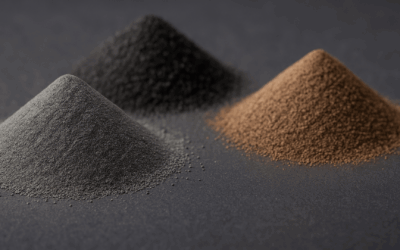How Can AI Overcome 3D Printing Defects?
While industrial additive manufacturing, popularly known as 3D printing, has advanced to technological levels never seen before, quality control and monitoring of manufacturing defects still present a big challenge.
Additive manufacturing plays an important role in a wide range of industrial sectors, such as automotive, aerospace, biomedical, and others, by enabling the manufacturing of parts with complex geometry, internal structural details, and individually customized designs at low cost and in small production batches.
However, at the moment, the ability of additive manufacturing technology to produce components with complex shapes with minimal material waste cannot be fully exploited when manufacturing high-quality parts required to meet demanding standards. Depending on the type of 3D printing process involved in the production cycle, different manufacturing defects can compromise the consistency, reliability, and performance of the 3D-printed materials.
The factors that govern the quality of the 3D printing process are diverse. These can be related to the quality of the used source materials (plastic filaments, metal powder, or liquid photopolymers) or process-related, such as over- and under-extrusion, gas pockets in the sintered material, layer separation (lack of adhesion), and others. In most cases, these defects result in increased porosity and inferior mechanical properties of the manufactured part.
Establishing Process Control
In the first place, ensuring that 3D-printed components meet the required standards depends on the quality of the material used. Source material quality control is an ongoing challenge for most additive manufacturing companies.
In addition, a wide range of variables that can affect the quality of the final product span the entire additive manufacturing workflow, from the initial design to 3D printing and postprocessing. For example, these can be the path and intensity of the sintering laser (in a direct metal sintering process) or the filament extrusion speed (in a fused filament fabrication process). Other factors might include the design of the support structures or even the number of times the metal powder has been recovered and reused.




